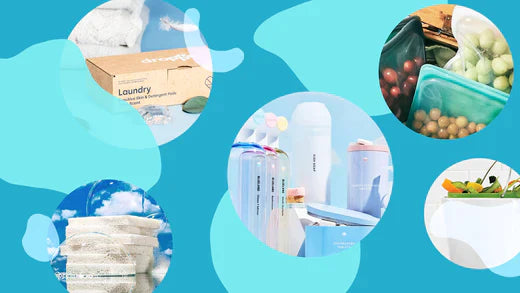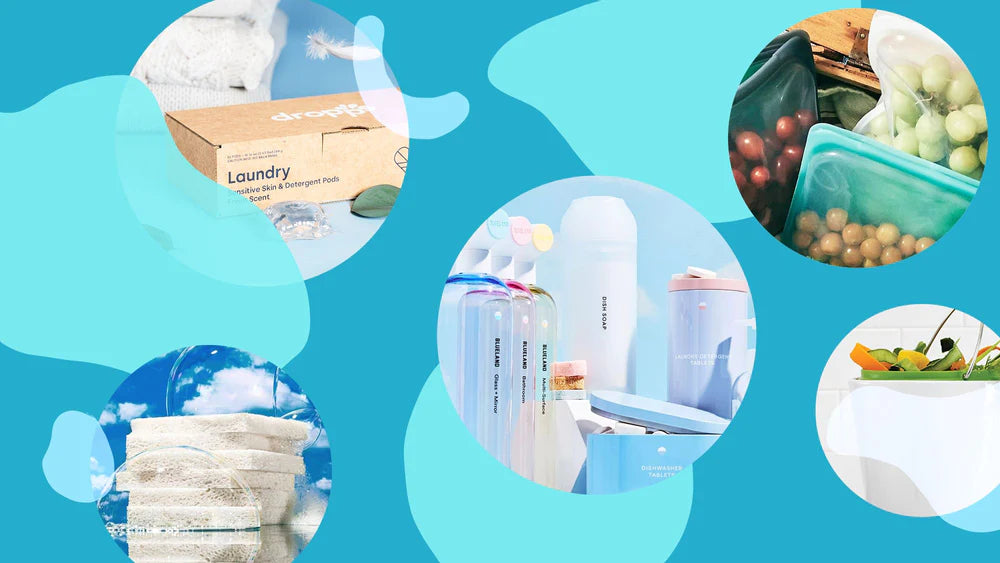Before we begin, here is a small disclaimer that everyone should read!
In culinary delights, the terms "baking paper" and "parchment paper" are often used interchangeably, leading to some common misconceptions. But, no they are not the same thing.
Now let's unravel the mystery surrounding these kitchen essentials and address a few myths that might be causing some confusion.
Baking paper, a staple in kitchens around the world, often finds itself surrounded by various myths and misconceptions. Let's unravel the truth behind some common misunderstandings and ensure that your baking adventures are guided by accurate information.
- Myth: All Parchment Papers Are the Same
Reality: Not all parchment papers are created equal. There are subtle differences between various brands and types of parchment paper. Some are coated with silicone for a non-stick surface, while others may be unbleached for those who prefer a more natural option. Always check the product specifications to ensure it meets your specific baking needs.
- Myth: Cannot Withstand High Temperatures
Reality: One prevalent misconception is that this type of paper can't handle high temperatures and will catch fire in the oven. The truth is, most commercial parchment papers are designed to withstand temperatures up to 450°F (232°C). However, it's crucial to check the packaging for the recommended temperature limits and choose accordingly.
- Myth: Greasing Is Redundant
Reality: While it is an excellent non-stick solution, it doesn't completely eliminate the need for greasing entirely. In certain situations, such as baking sticky or particularly sugary items, a light greasing can prevent any potential sticking. However, for most everyday baking, parchment paper is generally sufficient to keep your goodies from clinging to the pan.
- Myth: Only for Baking
Reality: Baking paper is incredibly versatile and can be used for various kitchen tasks beyond baking. It serves as an excellent tool for roasting vegetables, creating pouches for delicate fish, and even crafting decorative elements for your culinary presentations. Its uses extend far beyond the confines of the oven.
- Myth: Harmful to Health
Reality: There's a misconception that parchment paper, particularly the ones with silicone coatings, can release harmful chemicals into food at high temperatures. However, studies suggest that commercially available paper is safe for use in baking and cooking. It's essential to choose high-quality product from reputable brands to ensure the safety of your culinary creations.
- Myth: One-Time Use Item
Reality: Contrary to popular belief, it can often be reused for multiple batches, especially when used for tasks like roasting vegetables. If the paper is relatively clean and hasn't been exposed to high levels of grease or sticky substances, it can often withstand a few uses. However, for hygiene reasons, it's advisable to use a fresh sheet for each baking session.
- Myth: Parchment and Wax Paper Are Interchangeable
Reality: They are two different products and they are definitely not interchangeable. Wax paper has a coating of wax on both sides, making it unsuitable for baking as the wax can melt and transfer to the food. While the latter on the other hand is coated with silicone and is heat-resistant, making it the right choice for baking.
By dispelling these common myths, we hope to enhance your baking experiences and empower you with the knowledge needed to make informed choices in the kitchen. As we bid adieu to these misconceptions, let's embrace the true potential of baking paper in our kitchens. Its versatility, eco-friendliness, and ability to simplify various cooking tasks make it a must-have for every Indian home baker.
Eco-Friendly Products in India: Embracing Sustainability
In recent years, there has been a notable shift towards eco-friendly products in India, reflecting a growing awareness of environmental conservation. From bamboo-based kitchen essentials to sustainable cleaning products, the market is witnessing a surge in offerings that prioritize both functionality and ecological responsibility. As consumers become more conscious of their choices, these eco-friendly options provide a greener and more sustainable way to approach daily tasks. From reducing plastic waste to supporting ethical production practices, the adoption of eco-friendly products in India is a positive step towards a more sustainable and mindful future.
Happy baking and living sustainably!









